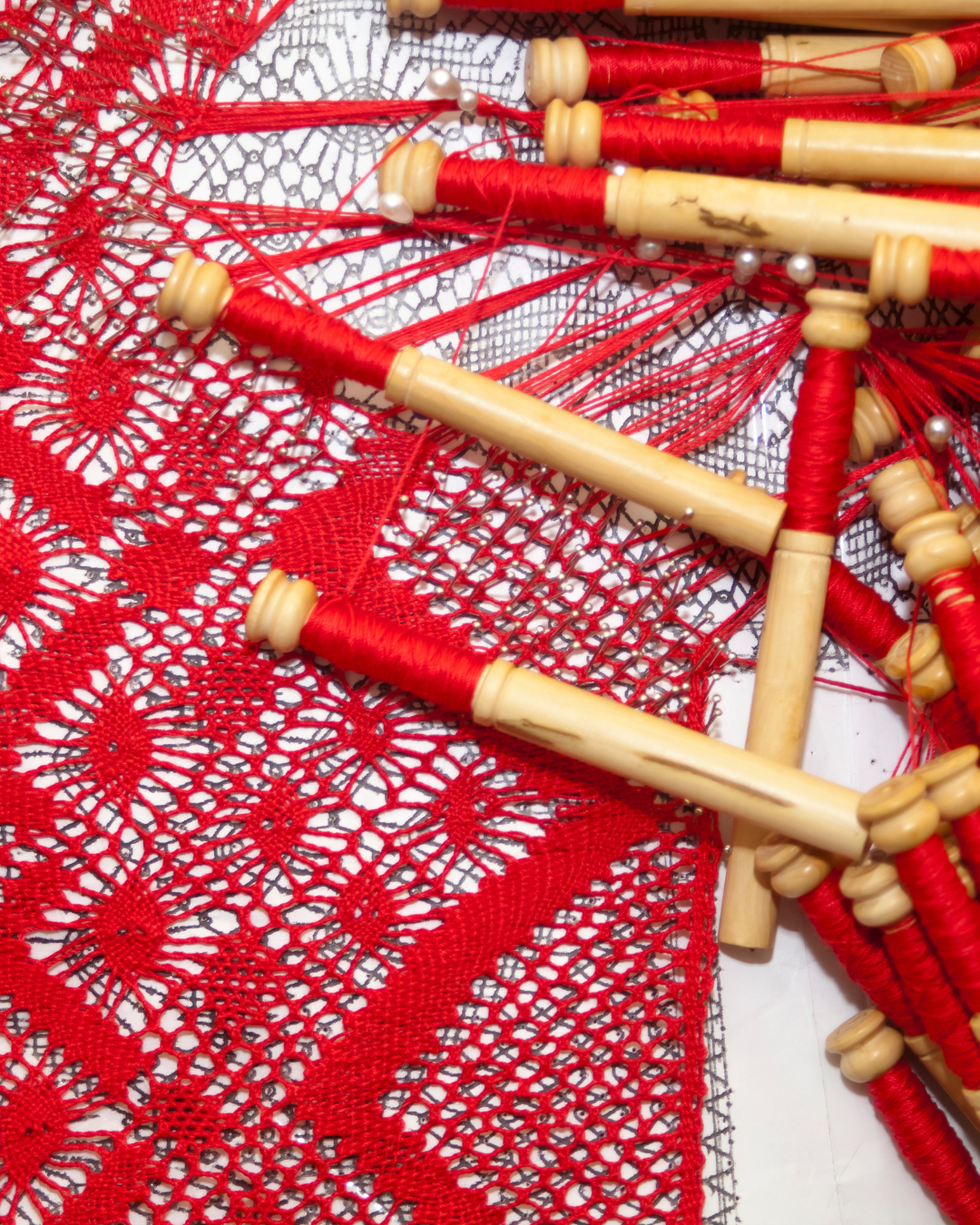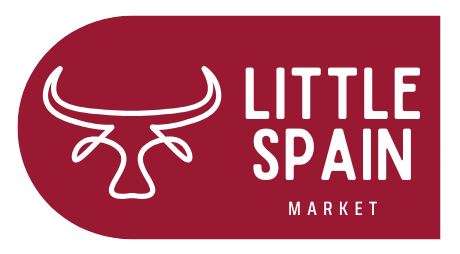
Bobbin Lace in Spain: A Delicate Tradition
Share
Spain is home to many traditional crafts, but few are as intricate and elegant as bobbin lace or encaje de bolillos. This delicate textile art has been passed down through generations, with each region of Spain adding its own unique style and techniques. Today, bobbin lace remains a treasured part of Spanish heritage, valued for its beauty and craftsmanship.
In this blog, we explore the history, techniques, and cultural significance of encaje de bolillos in Spain.
The History of Bobbin Lace in Spain
Bobbin lace was introduced to Spain in the 16th century, influenced by Flemish and Italian lace-making traditions. Over time, Spanish artisans developed their own distinct patterns and styles, making lace a popular feature in traditional clothing, religious ornaments, and royal garments.
Some of the most renowned lace-making centers in Spain include:
-
Almagro (Castilla-La Mancha) – Known for its detailed floral and geometric lace patterns.
-
Camariñas (Galicia) – Famous for its fine, white lace often used in wedding veils and table linens.
-
Catalonia and Andalusia – Regions that also maintain strong lace-making traditions.
The Art of Bobbin Lace Making
Materials Used
-
Wooden bobbins – These hold and manipulate the threads.
-
Linen, cotton, or silk thread – Different thicknesses are used depending on the design.
-
Lace pillow (mundiña) – A firm cushion where the pattern is pinned.
-
Pins and patterns – Used to guide the lace-making process.
Techniques and Patterns
Lace-making involves intertwining multiple threads wound around bobbins. The designs range from simple geometric motifs to complex floral patterns. Spanish bobbin lace is characterized by:
-
Fine, delicate detailing
-
Intricate symmetrical patterns
-
Handcrafted precision, requiring years of skill
Cultural Significance and Modern Influence
Traditionally, bobbin lace was an essential part of Spanish bridalwear, mantillas (lace veils), and religious vestments. Today, while machine-made lace has become more common, artisans continue to keep the tradition alive through workshops, festivals, and exhibitions.
Many designers incorporate lace into modern fashion, accessories, and home décor, ensuring that this centuries-old craft remains relevant in contemporary Spain.
Where to Experience Bobbin Lace in Spain
-
Camariñas Lace Festival (Galicia) – A yearly event celebrating lace artisans.
-
Almagro Lace Museum (Castilla-La Mancha) – Showcasing historical and modern lace-making.
-
Local markets and craft fairs – Ideal places to find handmade lace products.
Conclusion
Bobbin lace, or encaje de bolillos, is more than just an art form—it is a symbol of patience, skill, and cultural identity. Whether used in traditional garments or modern designs, Spanish lace-making continues to enchant and inspire generations.
Next time you visit Spain, be sure to admire or even purchase a handcrafted piece of encaje de bolillos, a true masterpiece of Spanish craftsmanship.
